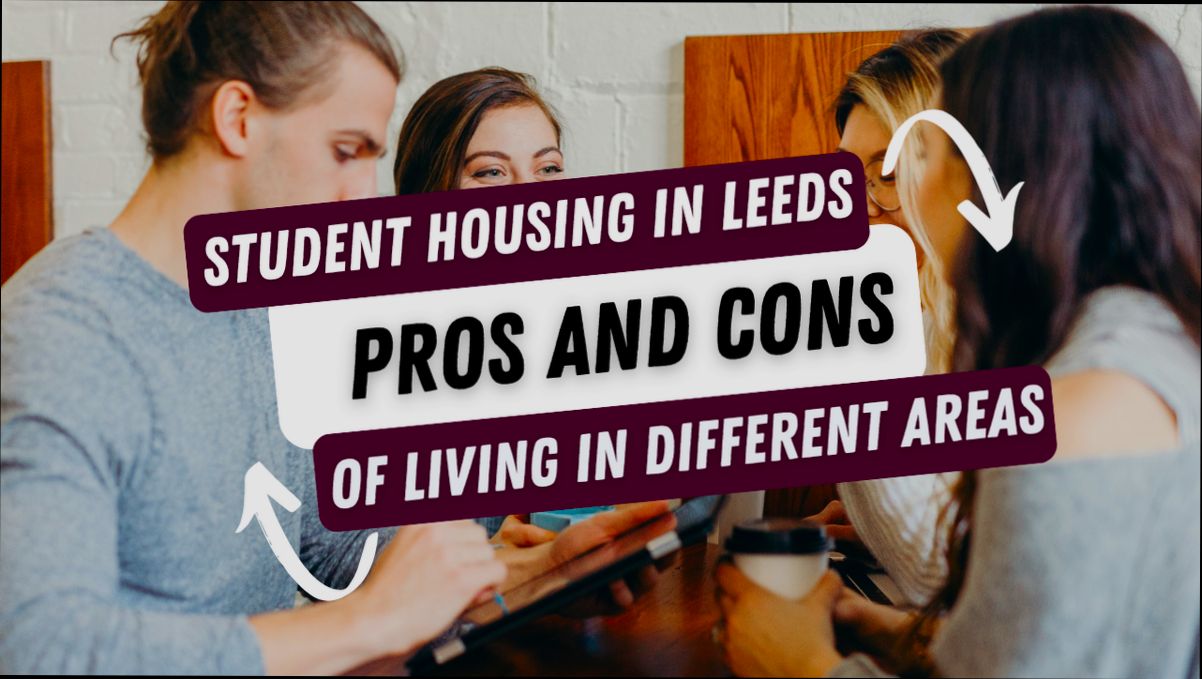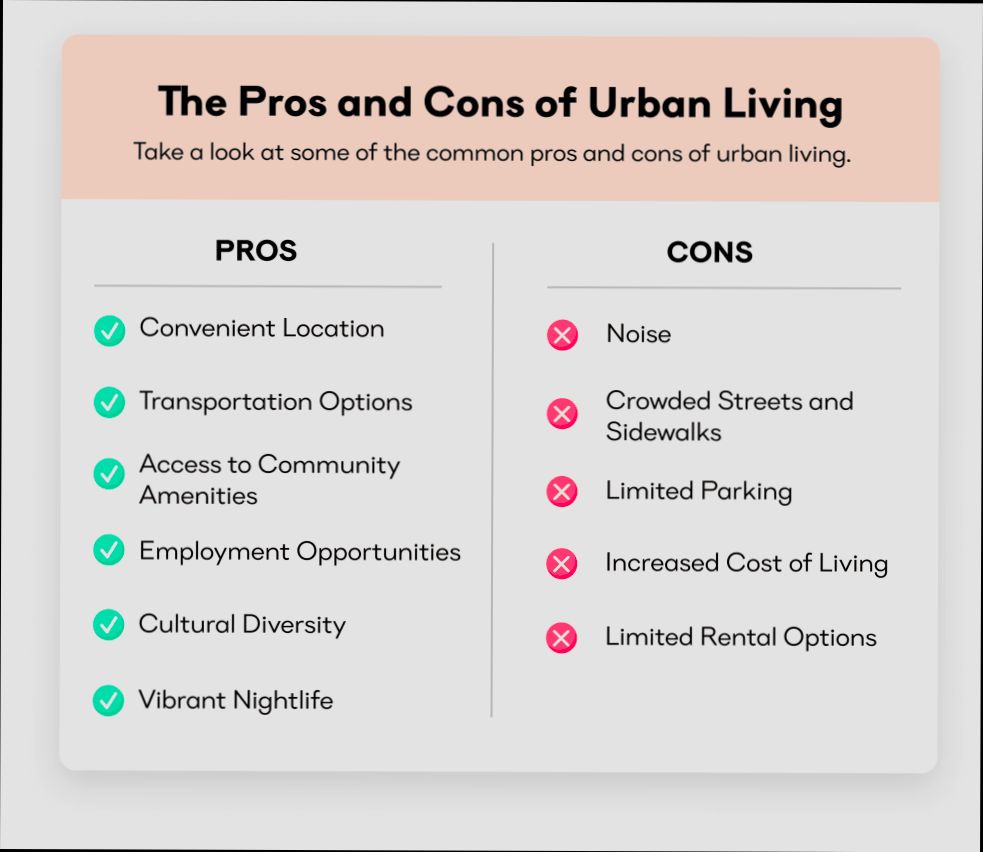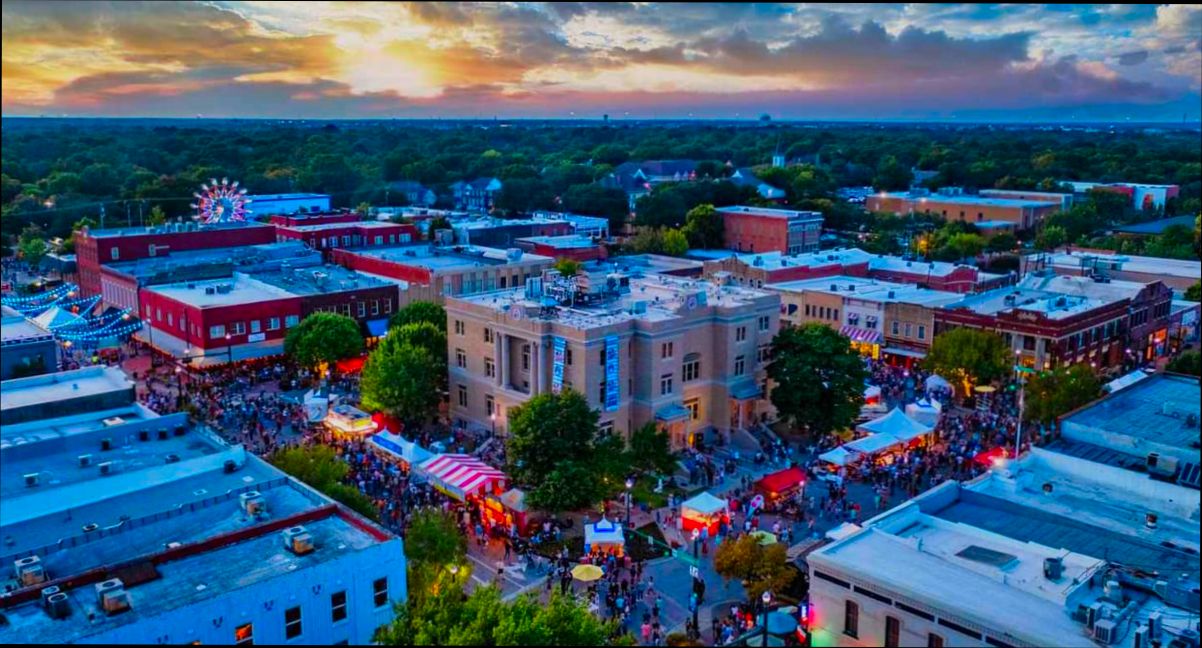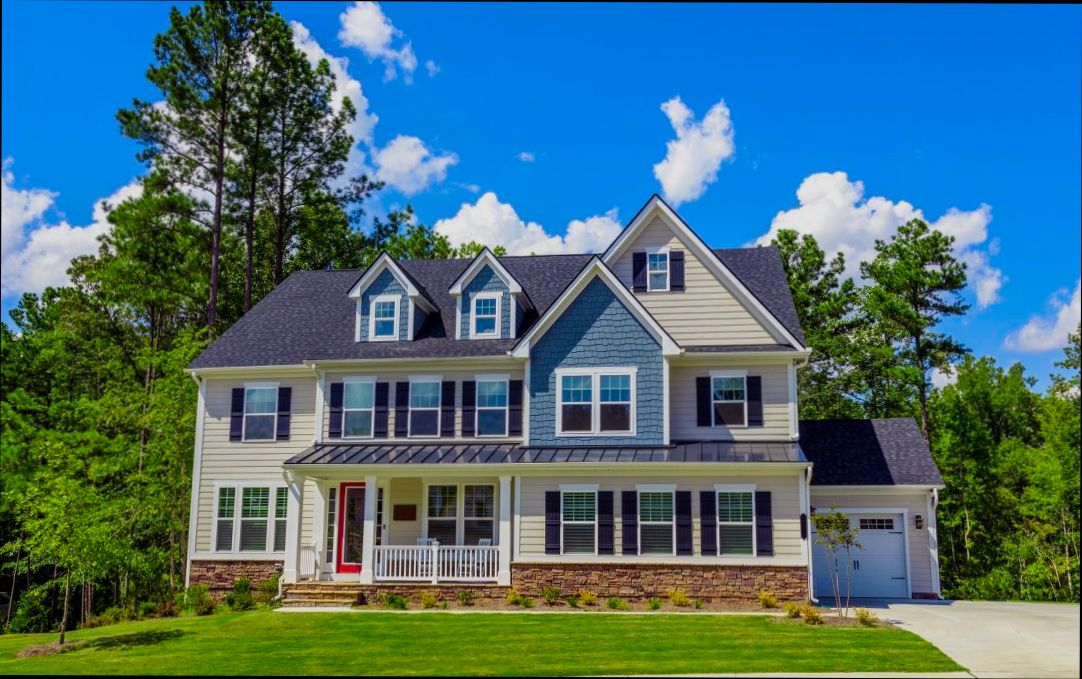Pros and Cons of Living in Leeds: It’s a vibrant city with a lot to offer, but it’s not all sunshine and rainbows. On the upside, the cost of living here is pretty appealing. For example, you can snag a decent one-bedroom flat in the city center for around £700 a month, which is far more wallet-friendly compared to London. Plus, the local food scene is fantastic; whether you’re into eclectic street food or fancy restaurants, you’ll find something to satisfy your cravings. Did I mention the cultural vibe? Leeds is brimming with festivals, art galleries, and live music, making it a perfect playground for those who love to soak up culture.
However, it’s not all perfect. The weather tends to be a deal-breaker for some, with its infamous mix of rain and grey skies that can feel relentless, especially during winter months. Traffic can be a nightmare during rush hour too, with commuting times averaging 40 minutes if you’re trying to get across the city. And let’s not sugarcoat it—the nightlife, while lively, sometimes leans toward rowdy, which can be a little overwhelming after a long week. So while Leeds might have a lot going for it, there are definitely some bumps along the road that you should consider before packing your bags.
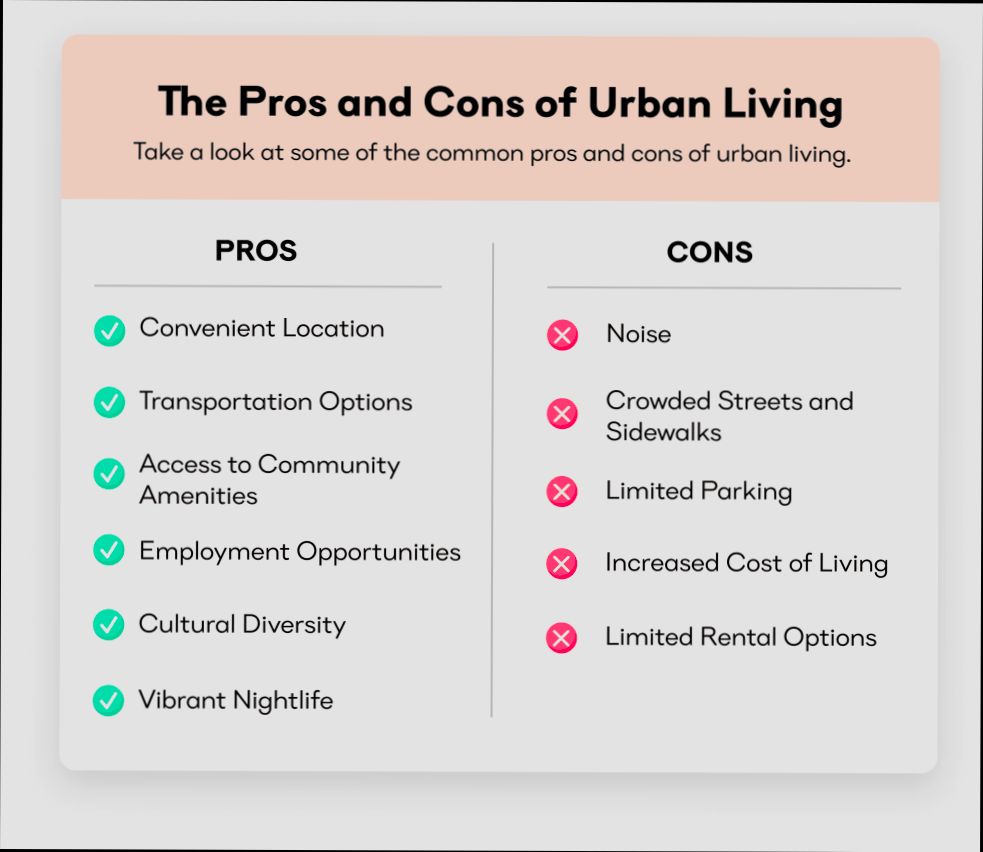
Cost of Living in Leeds
When considering a move to Leeds, one of the most pressing concerns is the cost of living. This vibrant city presents a mixture of affordability and expenses that can significantly influence your quality of life. Let’s explore what you can expect when it comes to budgeting for everyday life in Leeds.
Key Cost of Living Aspects
In Leeds, housing costs stand out as a significant part of the budget. Here are some relevant statistics to keep in mind:
- The average monthly rent for a one-bedroom apartment in the city center is around £900, while you can find one outside the center for approximately £675.
- If you prefer to buy, the average price per square meter in the city center is about £3,500, compared to £2,250 outside the city center.
Other essential living costs include:
- Utilities: Expect to pay around £150 monthly for basic services like electricity, heating, water, and garbage.
- Public Transport: A monthly travel pass costs approximately £60, making commuting relatively affordable.
- Groceries: General grocery prices are about 15% lower than the UK average, with a basic grocery list costing around £45-£55 per week for one person.
Monthly Cost Comparison Table
| Item | Average Cost in Leeds | UK Average Cost |
|---|---|---|
| Rent (City Center) | £900 | £1,200 |
| Rent (Outside City Center) | £675 | £950 |
| Utilities | £150 | £170 |
| Public Transport Pass | £60 | £90 |
| Groceries (Weekly) | £50 | £60 |
Real-World Examples
Consider Sarah, a young professional who moved from London to Leeds. She quickly noticed a significant change in her financial situation. In London, her one-bedroom apartment cost £1,500 per month compared to her current £900 in Leeds. This relief allows her to save more for travel and leisure activities.
Another case is John and his family. They relocated from Bristol and found a spacious three-bedroom house in a friendly neighborhood at £1,200 per month, significantly less than the £1,800 house rental in Bristol. This shift upgraded their quality of life without a heavy financial burden.
Practical Implications
For budgeting purposes, it’s wise to consider:
- Housing: Factor in the rental prices based on your preferred neighborhood, as areas surrounding the city center often offer more spacious options at lower costs.
- Transport: If you rely on public transport, invest in monthly travel passes to save on daily commuting.
- Food Costs: Shop at local markets and grocery stores, as prices here are competitive and can help stretch your food budget.
Specific Facts About Cost of Living in Leeds
- Eating out is generally cheaper, with an average meal in an inexpensive restaurant costing around £15 compared to £20 in many other cities.
- If you’re considering leisure activities, a cinema ticket averages £9 in Leeds, which is lower than many other UK cities.
By keeping these factors in mind, you can better navigate the cost of living in Leeds and make informed decisions to stretch your budget effectively while still enjoying all that this city has to offer.
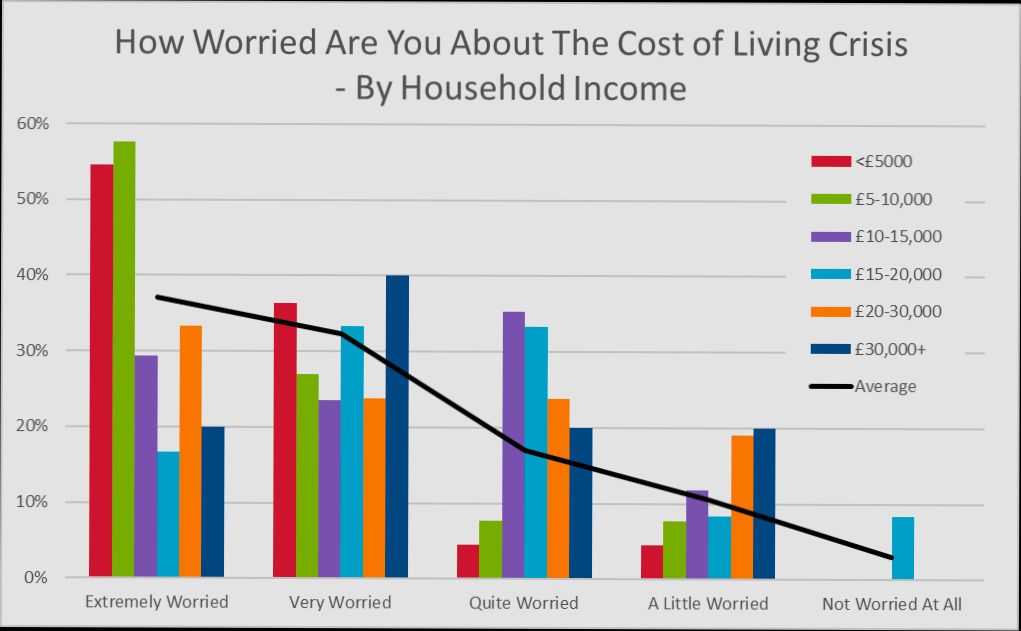
Employment Opportunities and Challenges
Living in Leeds presents a mixed bag of employment opportunities and challenges that can significantly impact your quality of life. As you consider moving to this vibrant city, understanding the job market landscape and potential hurdles is essential to making an informed decision.
Employment Opportunities
Leeds boasts a diverse economy with key sectors that offer promising job opportunities. The city is known for its strengths in:
- Healthcare: Leeds is home to one of the largest healthcare hubs in the UK, providing numerous roles in hospitals and healthcare services. In 2022, healthcare jobs accounted for approximately 11% of total employment in the area.
- Education: The presence of leading universities and colleges enhances job prospects in academia and administration, contributing to around 7% of employment in the region.
- Finance and Business Services: Leeds ranks as one of the top cities for finance outside London, employing around 30,000 in the finance sector alone, which represents about 8% of the workforce.
- Technology: The tech sector is booming, with Leeds recognizing a 15% growth in tech jobs over the past three years, covering roles in digital marketing, software development, and IT support.
Employment Challenges
While the job market is encouraging, several challenges may arise:
- Competitive Job Market: As opportunities expand, competition is fierce. Candidates often report needing advanced qualifications or specialized skills to secure desired positions.
- Wage Disparities: Despite job availability, the average salary in Leeds is approximately 16% lower than the national average, which can be a concern for those seeking high-paying roles.
- Unemployment Rates: The unemployment rate, though dropping, sits at about 4.3%, which can pose challenges for new graduates and individuals transitioning careers.
| Sector | Percentage of Employment | Average Salary |
|---|---|---|
| Healthcare | 11% | £29,000 |
| Education | 7% | £30,500 |
| Finance and Business | 8% | £34,000 |
| Technology | 15% growth (3 years) | £31,000 |
Real-World Examples
Consider the case of Mrs. Smith, a healthcare professional who relocated to Leeds. With the abundance of hospitals like Leeds Teaching Hospitals NHS Trust, she quickly found a job that matched her skills. On the other hand, Mr. Brown, a recent tech graduate, faced challenges securing a position due to fierce competition despite the sector’s rapid growth.
Practical Implications
As you eye employment in Leeds, it’s crucial to adapt your approach:
- Networking: Leverage local job fairs and industry meetups to connect with potential employers.
- Skill Development: Invest in upskilling through workshops, online courses, or certifications specific to the Leeds job market.
- Local Resources: Utilize resources like the Leeds City Council’s employment support, which helps residents find job placements and offers career advice.
- Flexibility: Be open to considering roles in different sectors where your skills may transfer.
Actionable Facts
- Research the top employers in your field before moving to understand company cultures and hiring practices.
- Attend local recruitment events to gain insights and make valuable connections.
- Continuously update your CV to reflect local job market demands and specific industry standards.
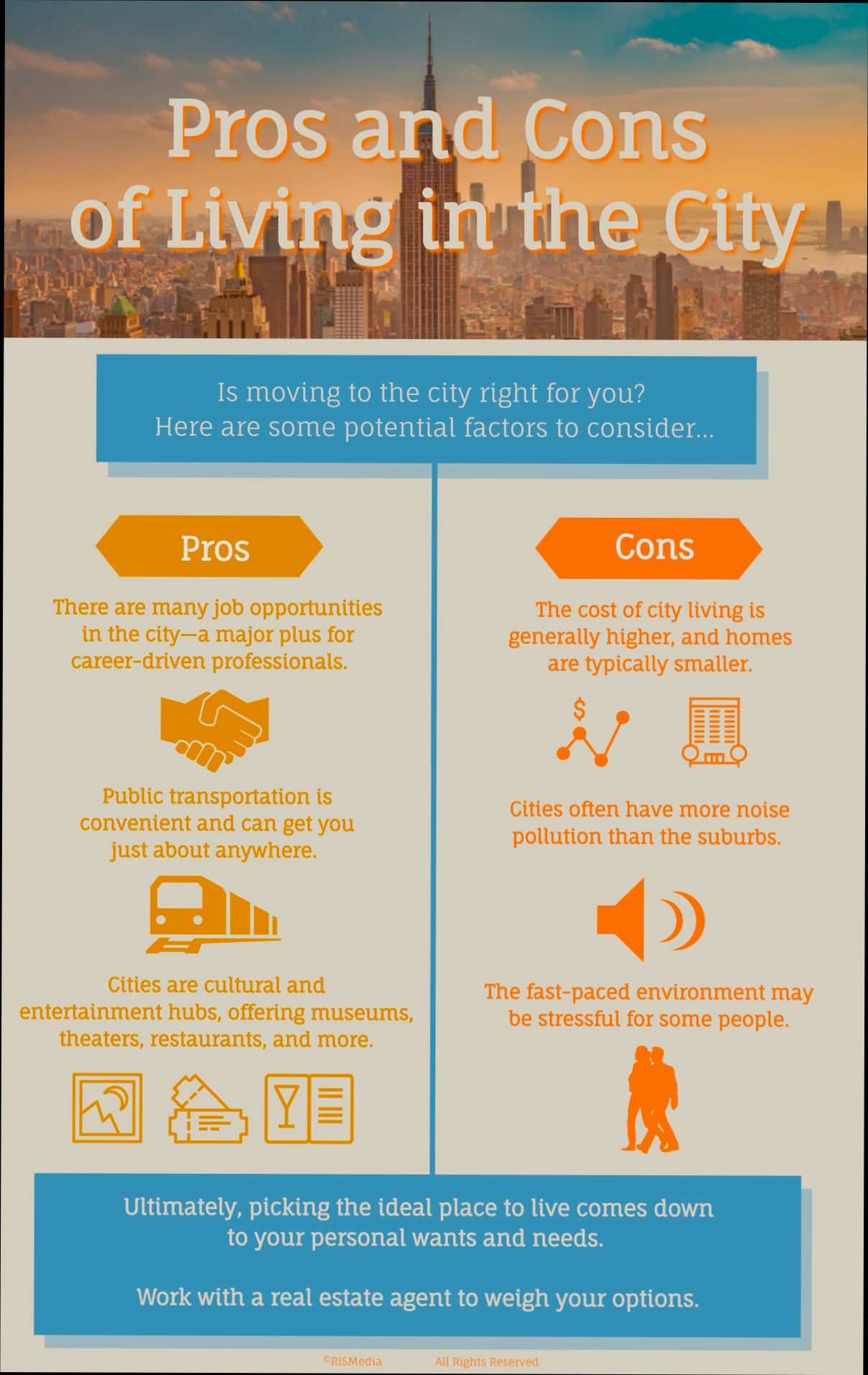
Cultural Attractions and Community Life
Leeds is a vibrant tapestry of culture, community, and hidden gems that cater to diverse tastes and interests. With its rich industrial heritage and dynamic modern arts scene, life in Leeds thrives in its cultural attractions and neighborhood camaraderie.
Rich Cultural Offerings
Leeds boasts a variety of cultural institutions, including:
- Museums and Galleries: The Leeds Art Gallery and the Royal Armouries Museum provide engaging experiences catering to art lovers and history buffs alike. Over 300,000 visitors explore these attractions each year, showcasing Leeds’ commitment to culture.
- Festivals: The city is known for its lively festivals, such as the Leeds International Festival and the Leeds West Indian Carnival, which draws in thousands of locals and visitors to celebrate creativity and diversity.
Community Engagement
Leeds hosts a range of community events and initiatives that reinforce social ties:
- Local Markets: The Kirkgate Market, one of the largest covered markets in Europe, boasts over 800 stalls and serves as a hub for local produce and crafts. Here, you can connect with the community while supporting local businesses.
- Neighbourhood Activities: Areas like Chapel Allerton and Headingley offer a robust community life, with a variety of cafes, pubs, and community centers that host social events, creating an inviting atmosphere for newcomers and locals.
Table of Cultural Attractions
| Attraction | Type | Annual Visitors | Highlights |
|---|---|---|---|
| Leeds Art Gallery | Art Gallery | 300,000 | Contemporary and historical collections |
| Royal Armouries Museum | History Museum | 400,000 | National collection of arms and armor |
| Kirkgate Market | Market | 2 million | Variety of local goods and fresh produce |
| Leeds International Festival | Festival | 150,000 | Celebrates innovation and the arts |
Real-Life Examples
Community life in Leeds shines through its caches of uniqueness. For example, “The Brudenell Social Club” is a grassroots music venue that plays a pivotal role in the local arts scene. Frequent performances from emerging artists foster a sense of belonging among music lovers. Alternatively, the Leeds Urban Bike Park encourages outdoor activities and community engagement through cycling events and workshops.
Practical Implications
For you, engaging with Leeds’ cultural scene can enhance your overall experience of living in the city. Attend festivals to immerse yourself in local traditions, visit museums for enriching educational experiences, and explore local markets to support your community and meet new people.
Actionable Advice
Make sure to tap into Leeds’ vibrant social calendar. Join local clubs or attend community events to meet like-minded individuals. Engaging in these cultural and community activities not only enriches your experience but also helps create meaningful connections in your new home.
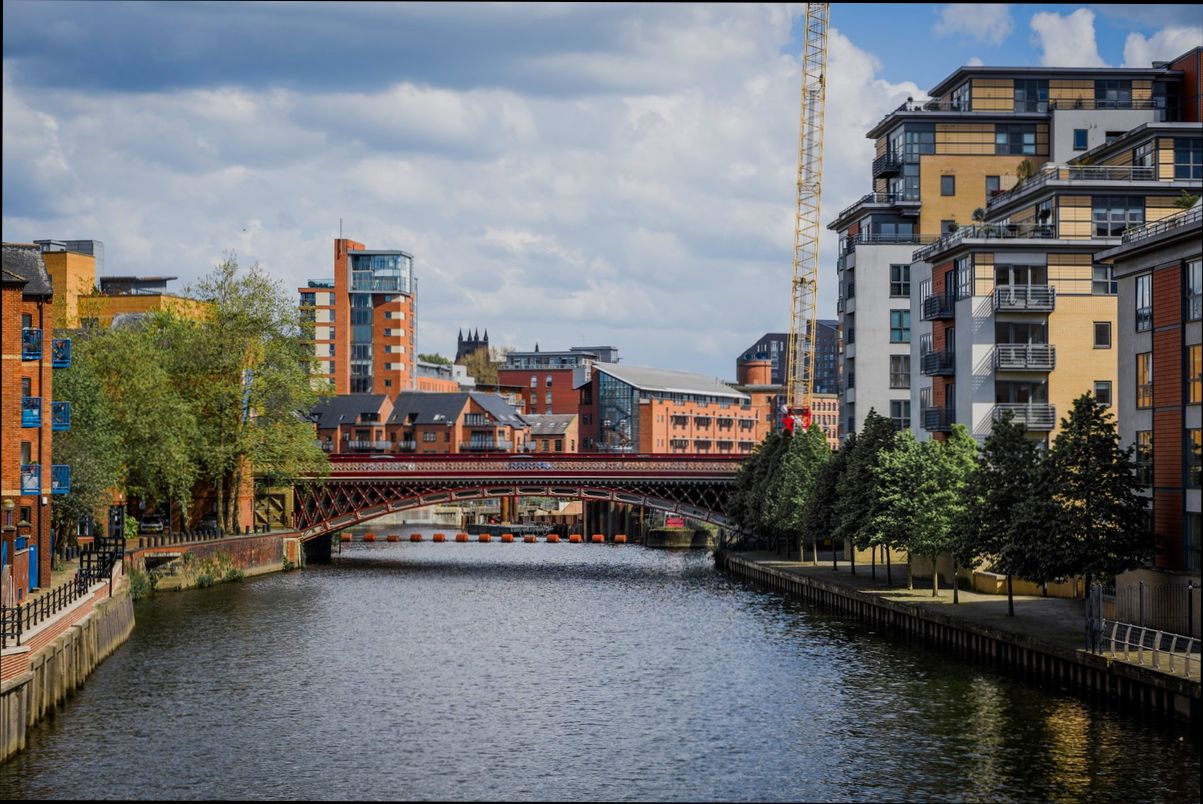
Transport Connectivity and Commute Options
When it comes to living in Leeds, transport connectivity and commute options are vital facets that influence daily life significantly. The city’s extensive transport network makes getting around easy for both residents and visitors. Let’s delve into the connectivity options available in Leeds.
Public Transport Systems
Leeds has a solid public transport infrastructure that supports various commuting needs:
- Buses: The city is served by a comprehensive bus network with over 100 routes, making it easy to reach all corners of Leeds and surrounding areas.
- Trains: Leeds railway station is a crucial hub, offering direct services to major cities like Manchester, York, and London. This connectivity is essential for commuters who travel into Leeds for work.
- Tram Services: Although Leeds does not currently have a operational tram system, plans are in place to enhance light rail options in the near future, which could further improve local transit.
Cycling and Walking
For those who prefer greener commuting options, Leeds promotes cycling and walking:
- Cycle Lanes: The city has invested in dedicated cycle lanes, covering over 50 kilometers, making cycling a safe and accessible option.
- Pedestrianisation: Various areas in the city center have pedestrian-only zones, promoting walking and reducing traffic congestion.
Commute Times
Understanding the average commute times in Leeds can help you gauge what to expect:
- The average commute time in Leeds is around 27 minutes, significantly lower than other major cities in the UK.
- 40% of Leeds residents use public transport for their daily commute, highlighting a preference for this option.
| Mode of Transport | Average Commute Time | Common Destinations |
|---|---|---|
| Bus | 25 minutes | City Center, Universities |
| Train | 30 minutes | Manchester, York, London |
| Bicycle | 20 minutes | Nearby suburbs, parks |
| Walking | 15 minutes | City Center, local shops |
Real-World Examples
Many residents benefit from the transport connectivity in Leeds:
- A professional working in central Leeds may choose to commute by train from nearby Harrogate, enjoying quick service with journey times of roughly 30 minutes.
- Students at the University of Leeds often cycle or take the bus from various neighborhoods, utilizing dedicated bike paths and frequent bus services.
Practical Implications
Navigating Leeds is user-friendly, but it’s essential to plan your commute. Consider using apps for real-time data on bus and train schedules to optimize your travel time. For cyclists, investing in a good quality bike lock is advisable, as it secures your bike in the city’s bike racks.
Leeds’ commitment to improving transport options is evident, with ongoing investments aimed at enhancing connectivity. Regular updates on public transport routes and schedules can help you stay informed, so subscribe to local transport alerts. Embrace the vibrant commuting culture in Leeds while exploring the modern facilities designed to enhance your daily travel experience.
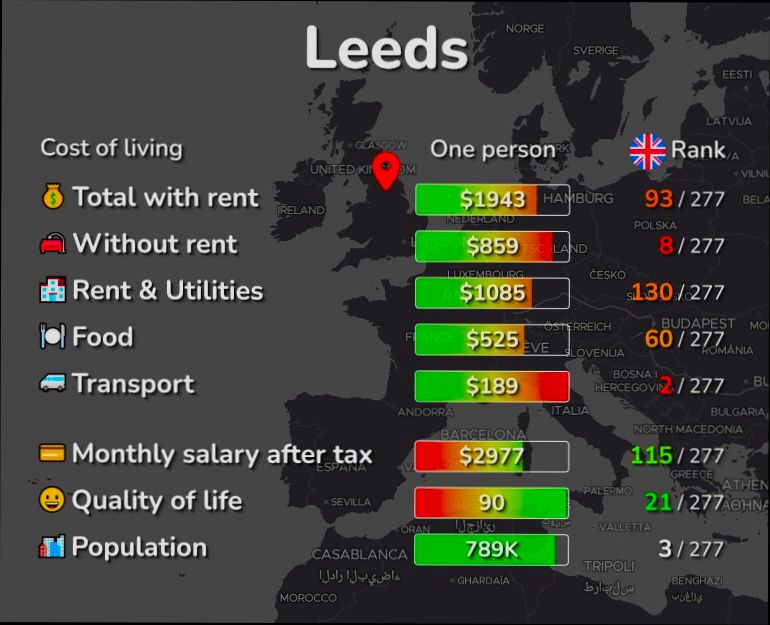
Safety Statistics and Crime Rates
When considering living in Leeds, understanding safety statistics and crime rates can significantly impact your decision. Local crime data provides insight into the safety of neighborhoods, helping you make informed choices about where to live.
In Leeds, crime rates have varied over the last few years, with notable trends observed between 2020 and 2023. Here are some key statistics:
- Murder Rates: Leeds has experienced a significant drop in murder rates, falling around 15% since 2020. Comparatively, the national murder rate decreased by approximately 16% during the same period.
- Violent Crime Reduction: Violent crime in Leeds decreased by 13%, contributing to overall improved safety perceptions.
- Property Crime Trends: While violent crimes have reduced, property crime saw an increase of 13.1% between 2020 and 2023, with the West region, including Leeds, reporting this upward trend.
| Crime Type | Rate Change (Leeds) | National Change (2020-2023) |
|---|---|---|
| Murder | -15% | -16% |
| Violent Crime | -13% | -22% |
| Property Crime | +13.1% | - |
These figures underline some contrasting elements of safety in Leeds. While the decrease in both murder and violent crime indicates improvements in overall safety, the increase in property crime may raise concerns for potential residents.
Real-world examples highlight these statistics:
- In neighborhoods that were previously seen as high-risk, recent initiatives have resulted in crime reductions, showcasing a community effort to improve local safety.
- A recent survey of residents indicated that many felt safer walking alone at night, reflecting the positive impact of active policing and community programs.
For those planning to move or live in Leeds, it’s essential to consider the following practical implications:
- Research Neighborhoods: Investigate specific areas to evaluate crime trends and community safety scores.
- Stay Informed: Utilize local crime reports or online resources to keep up-to-date on safety developments in your chosen neighborhood.
- Engage with Local Authorities: Attend community meetings or forums to learn about safety initiatives and share concerns with law enforcement.
By reading up on the statistics and staying engaged with community efforts, you can make a more informed decision about living in Leeds, ensuring you choose a safe and secure environment.
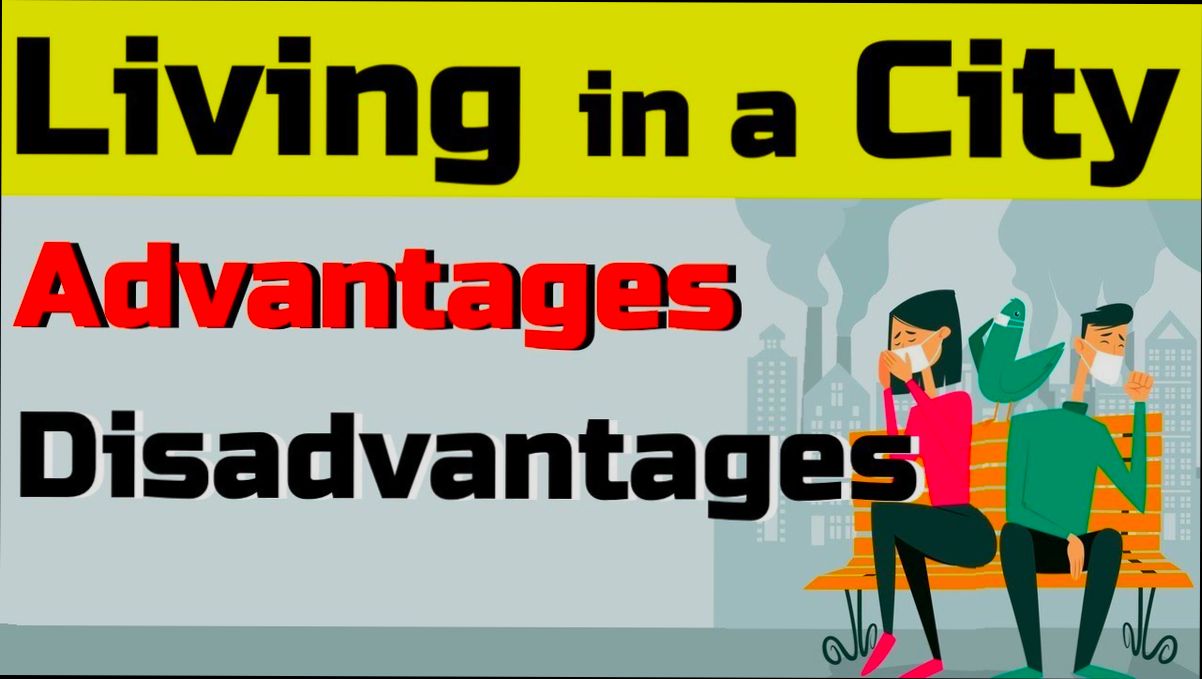
Educational Institutions and Resources
If you’re considering moving to Leeds, the educational landscape can be a major factor in your decision-making. Leeds is known for its robust educational institutions and a variety of resources that cater to students of all ages, from early childhood through to higher education.
Higher Education Options
Leeds is home to several prominent universities and colleges that attract thousands of students each year. Key institutions include:
- University of Leeds: One of the UK’s top universities, recognized for its research excellence and diverse course offerings.
- Leeds Beckett University: Offers a wide range of vocational courses and has strong ties with local industries.
- Leeds College of Art: Known for creative education and strong links to the art and design sectors.
These institutions provide more than just education; they often offer strong career services and connections to local businesses.
Primary and Secondary Education
Leeds has a mix of publicly funded schools and independent institutions. The city boasts an array of primary and secondary schools that have been rated well in government inspections. According to recent statistics:
- Primary School Rating: Over 85% of primary schools in Leeds are rated “Good” or “Outstanding” by Ofsted.
- Secondary School Ratings: Approximately 75% of secondary schools also fall into this category, providing a solid education for teenagers.
Educational Resources
In addition to formal educational institutions, Leeds offers various resources that enhance learning experiences:
- Libraries: The city hosts numerous libraries, including the Central Library, which is not only a great resource for books but also offers workshops, events, and free internet access.
- Community Learning Centers: There are over 20 community learning centers throughout the city that provide free or low-cost classes in everything from languages to computer skills.
| Type of Institution | Number | Rating of “Good” or Higher |
|---|---|---|
| Primary Schools | Over 200 | 85% |
| Secondary Schools | Over 100 | 75% |
| Higher Education Institutions | 5 | 90% (or higher) |
Real-World Examples
For instance, Leeds Beckett University has established partnerships with various organizations including NHS and local businesses, providing students with invaluable work experience before they graduate. Similarly, the schools in Leeds often involve parents and the community through parents’ evenings and local events, enhancing the learning environment for children.
Practical Implications
If you decide to live in Leeds, take advantage of the educational resources available to you. Whether you have children or are looking to further your own education, there are abundant opportunities. Make sure to explore school choices early, as some popular institutions may have waiting lists.
Specific Facts and Advice
- If you’re moving with family, visiting schools and colleges during open days can provide insight into their environment and educational quality.
- Don’t overlook adult education courses available at local community colleges. Many are free for residents, allowing you to gain new skills or qualify for a new career without significant financial commitment.

Quality of Life Benefits in Leeds
Living in Leeds offers a plethora of quality of life benefits that enhance everyday experiences. From its rich green spaces to a supportive community spirit, Leeds truly caters to a fulfilling lifestyle for its residents.
Green Spaces and Recreation
Leeds is renowned for its abundance of parks and green spaces, which play a crucial role in the overall well-being of its residents. Here are some key highlights:
- Parks: The city has over 60 parks, making it easy to escape the hustle and bustle. Places like Roundhay Park and Hyde Park are favorites for picnics, jogging, or simply unwinding.
- Access to Nature: Approximately 35% of Leeds is designated as green space, providing ample opportunity for outdoor activities, which is linked to improved mental health.
Community Engagement and Resources
One of the standout features of quality of life in Leeds is the strong sense of community.
- Volunteering Opportunities: Around 25% of Leeds residents engage in community service or volunteering, which fosters a sense of belonging and connection.
- Local Groups: There are numerous community-led initiatives and clubs, from sports teams to book clubs, making it easier to meet new people and build lasting friendships.
Health and Well-being
Access to healthcare in Leeds significantly contributes to quality of life.
- Healthcare Index: Leeds scores higher than the national average in healthcare accessibility, with over 85% of residents reporting easy access to medical services.
- Well-being Programs: The city invests in various public health initiatives, promoting mental and physical well-being.
| Quality of Life Aspect | Leeds Statistic | National Average |
|---|---|---|
| Green Space Availability | 35% of city area | 30% |
| Healthcare Accessibility | 85% easy access | 78% |
| Community Engagement (Volunteering) | 25% participants | 20% |
Real-World Examples
Take, for instance, the popular Roundhay Park, which hosts events such as music festivals and outdoor markets, bringing people together and enhancing community life. Similarly, the well-established Leeds United Foundation propels community health initiatives that promote active living, showcasing Leeds’ commitment to well-being.
Practical Implications
For anyone considering a move to Leeds, embracing the city’s green spaces and community initiatives can substantially improve your day-to-day experience. Engaging in local events, exploring nearby parks, or volunteering can make a significant difference in your quality of life.
Remember, tapping into the community resources and taking advantage of the city’s numerous green areas are crucial steps to enhancing your living experience in Leeds.
